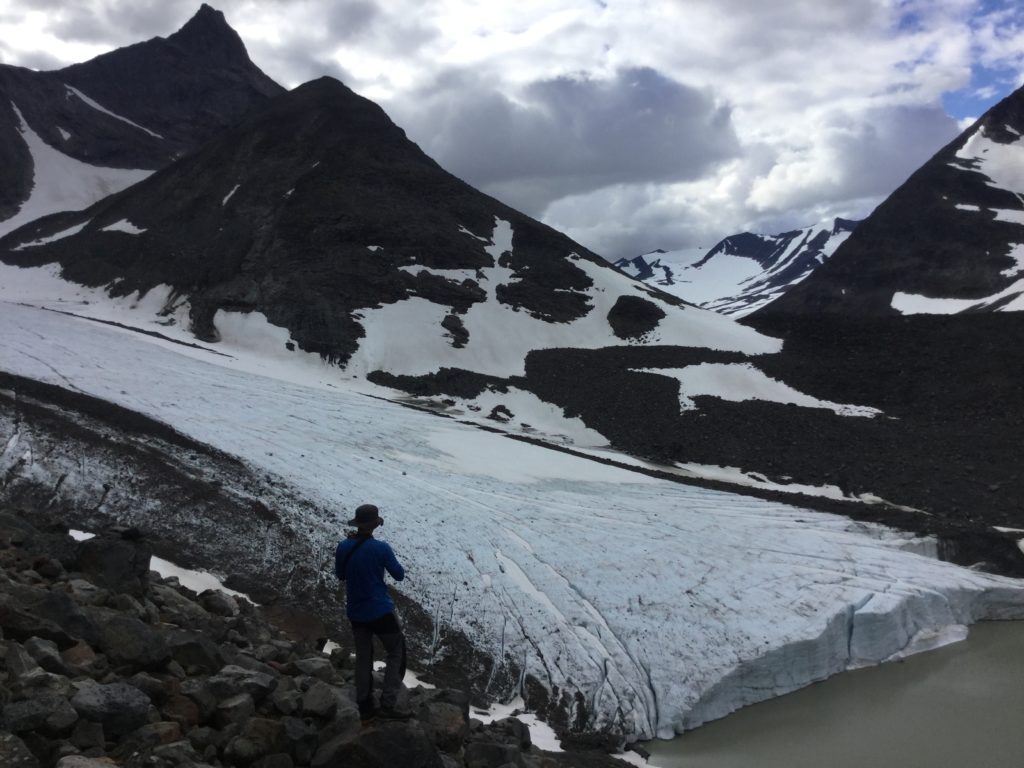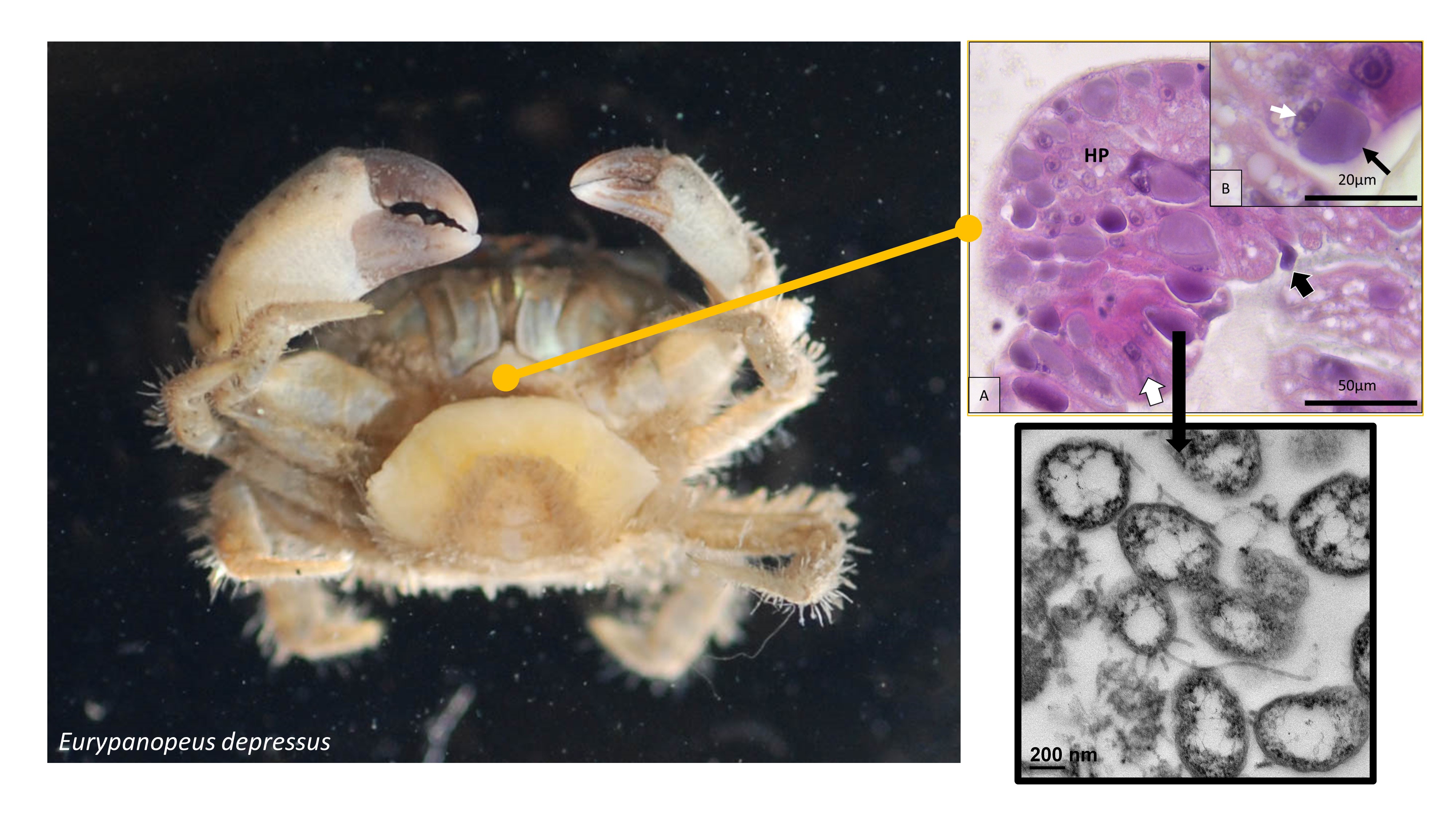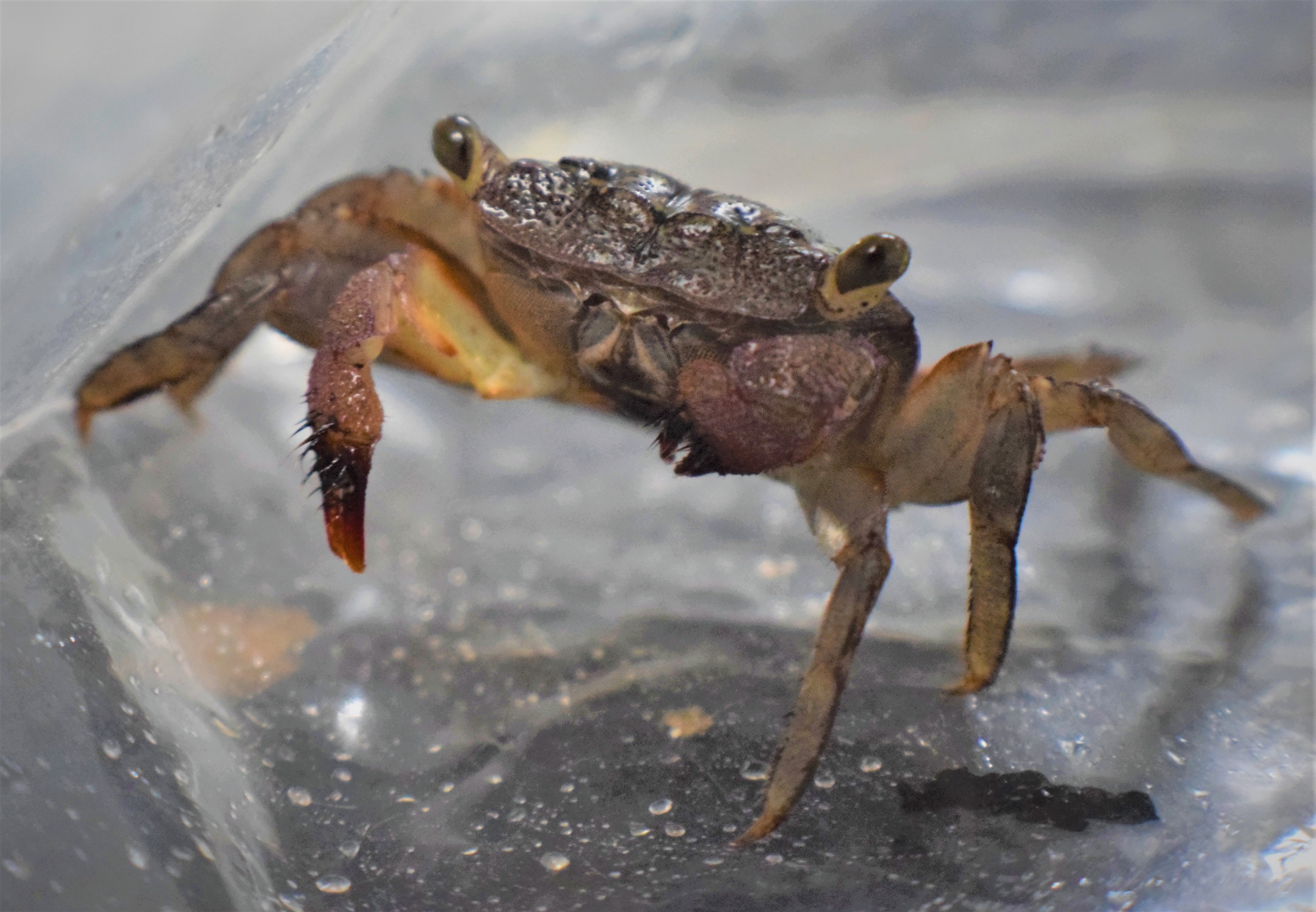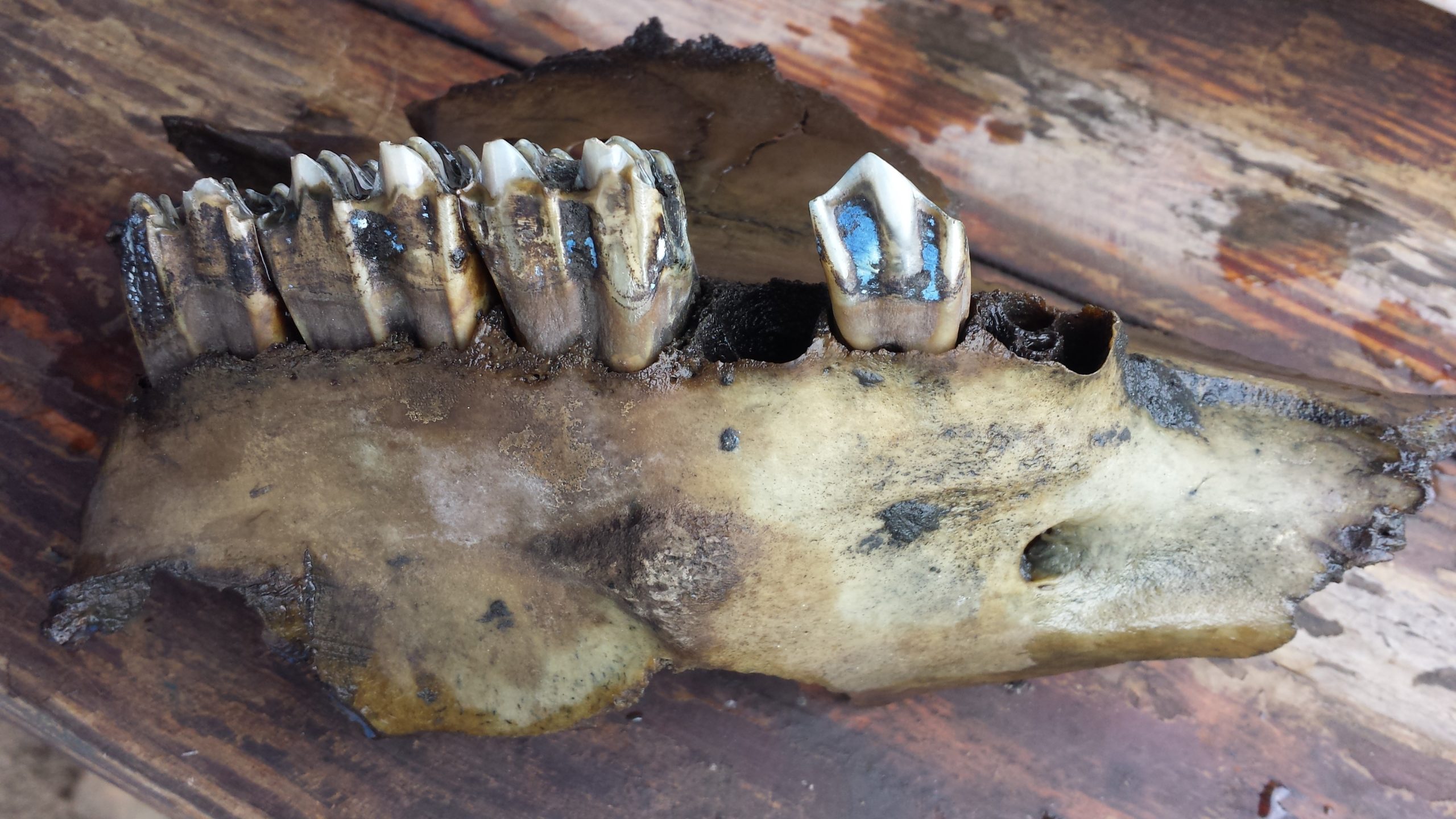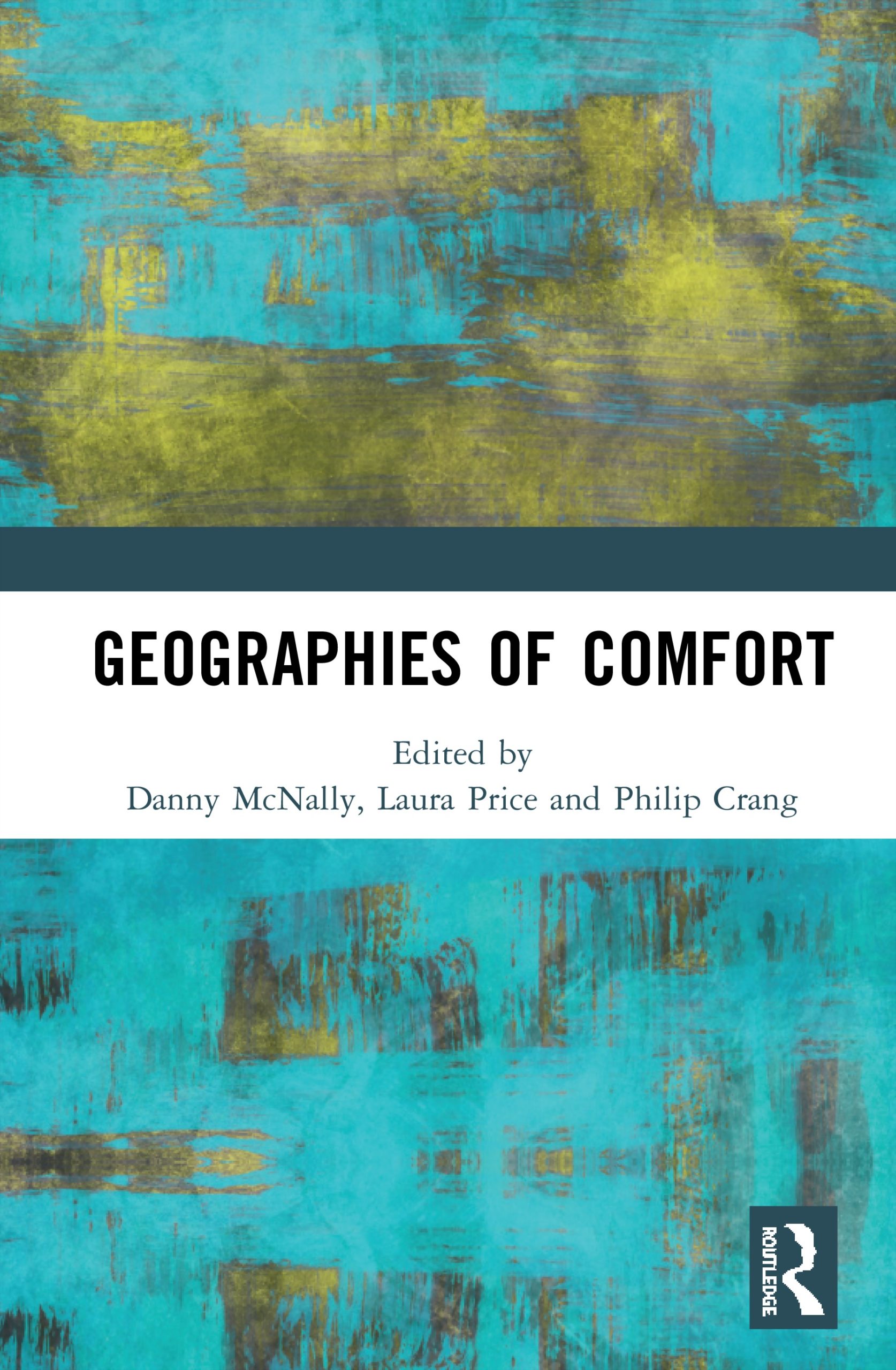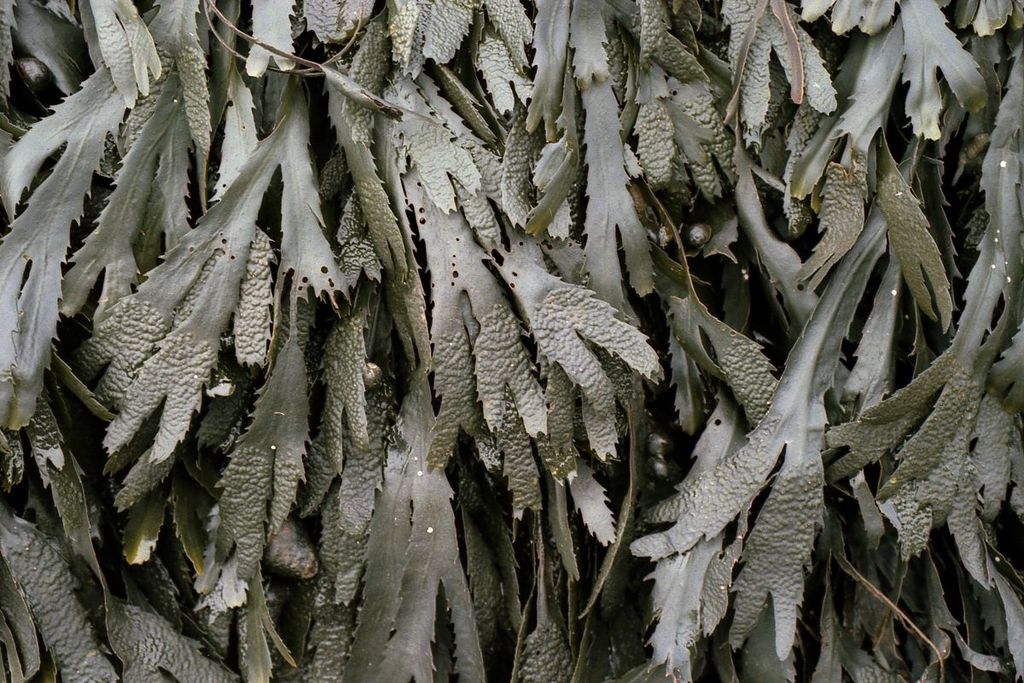Van Asperen, E.N., Perrotti, A., Baker, A. (2020) Coprophilous fungal spores: NPPs for the study of past megaherbivores. Geological Society, London, Special Publications, 511, https://doi.org/10.1144/SP511-2020-41
Published online on Dec. 2020 /Jan. 2021
This publication, lead by my colleague Eline van Asperen, will be an invaluable resources to scholars researching past populations of megharbivores or other aspects of palaeoeology using non-pollen palynomorphs, whether be it for the MSc dissertation, PhD, postdoc or at any point of their career. It is supplemented by an open-access key to the identification of dung fungal spores, which supersedes that previously provided on this blog (but some may find useful to still have access to both!):
https://doi.org/10.6084/m9.figshare.c.5240664
Abstract:
Spores from coprophilous fungi are some of the most widely used non-pollen palynomorphs. Over the last decades, these spores have become increasingly important as a proxy to study the Pleistocene and Holocene megafauna. Although the number of types used in palaeoecology is relatively small, there is a wide range of coprophilous fungal taxa whose utility in palaeoenvironmental reconstruction remains under-researched. However, environmental and taphonomic factors influencing preservation and recovery of these spores are still poorly understood. Furthermore, our understanding of whether and how spores are transported across the landscape is limited.
Dung fungal spore presence appears to correlate well with megaherbivore presence. However, depending on the site, some limitations can remain to quantitative reconstructions of megaherbivore abundance from dung fungal spore records. The presence of dung fungal spores is often more significant than their absence and variation in in abundance with time should be interpreted with caution. Correlation with other proxies may provide a promising way forward.
The majority of studies using dung fungal spores as an indicator for large herbivore abundance are of records of Late Pleistocene and Holocene age, with a focus on Late Quaternary megafaunal extinction. However, more research could potentially extend records further back in time.
